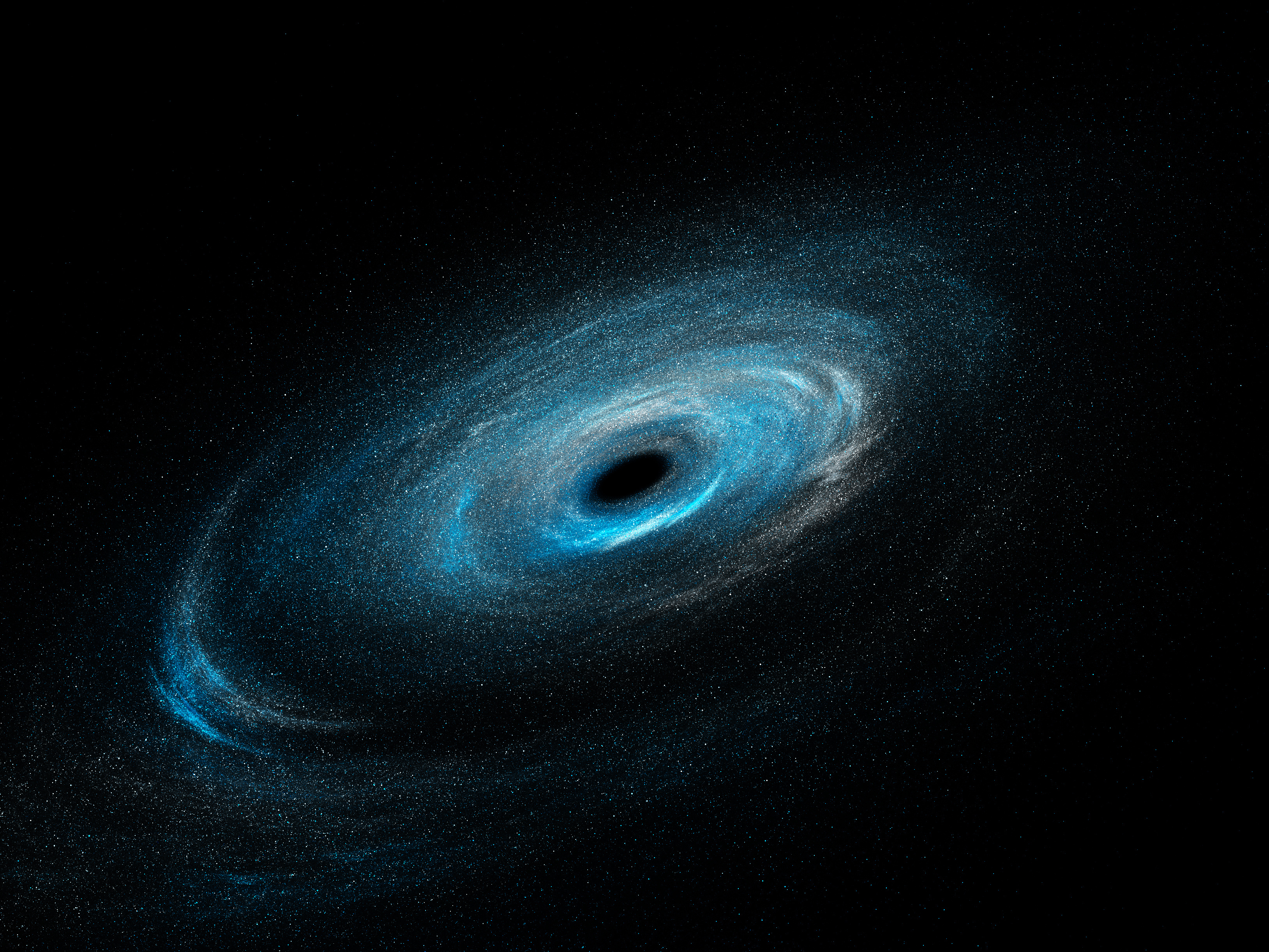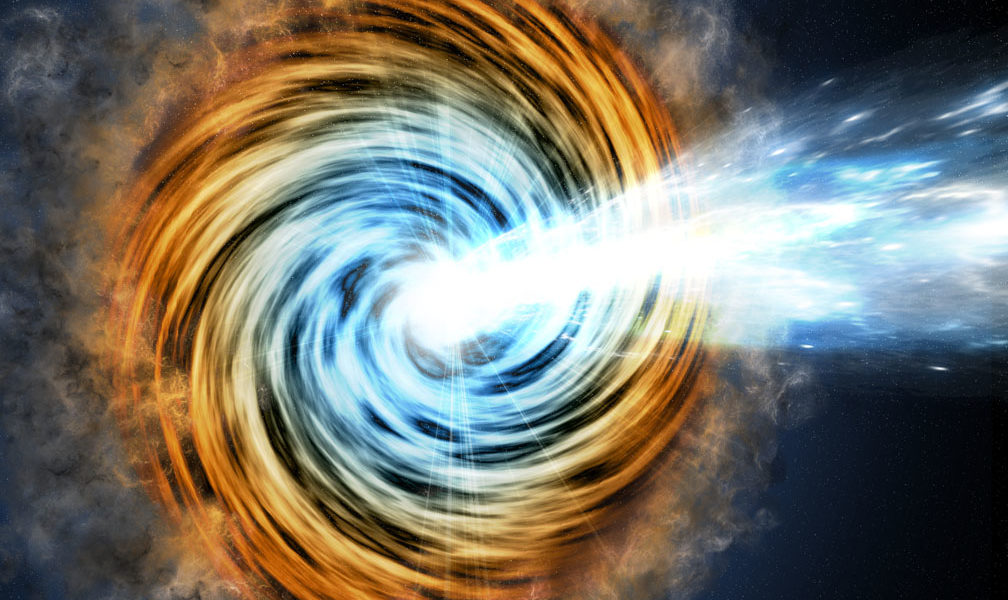

This type is colossally heavy, and has a mass range of more than millions, even billions, of solar masses. The supermassive type, on the other hand, is mostly found in the center of most galaxies, including our Milky Way. Each typically has a mass between about three and ten solar masses-a solar mass is a standard unit used in astronomy, defined as the mass of our Sun, and equals approximately 2×10 30 kg. Stellar black holes are all around our galaxy the most distant one ever detected is about 13.1 billion light-years from Earth, so it cannot do us any harm. The stellar type is the smallest it is mainly formed out of a supernova-a super-powerful and luminous explosion of a star. These former stars or star dust have been the concern of many scientists, so they observe them and their surroundings with special telescopes.īlack holes have three types: stellar, supermassive, and intermediate-mass. Having a gravitational force that is so strong that even light goes through it, is what makes them dangerous.

Your basically asking how much matter currently gets eaten by a given 0.01 square millimeters of today's lunar surface.A black hole is most likely described to be a result of a dying star, or as it might be called “star dust” black holes are one of the most dangerous objects, as they can be illustrated as giant cosmic vacuum cleaners. It would swallow up a tiny portion of the solar wind, but that wouldn't amount to much at all. Meteors would pretty much have to hit it directly. Meteors that just pass near it, even within a few miles, would undergo a different deflection than predicted by Newton's theory, but probably wouldn't get eaten. Only a few, which are headed straight for for the smaller black hole at the center would be at risk of getting sucked in. Once the moon becomes a black hole, any meteors that would have crashed into its surface are now more likely to just whiz by the black hole, then continue on their orbit of the sun. This makes calculating orbits very simple, because you can treat a planet as a point object of the same mass.
#Will the earth go into a black hole series#
And a body like the moon can be seen as a series of concentric spherical shells. This is because the gravitational field of a spherical shell is exactly the same as for a tiny object of the same mass. Gravitationally, meteors would behave exactly the same while they're outside the moon's former radius. Once it became a black hole, it would eat far less. Right now, it already eats a fair amount of mass, as tiny meteors (and occasional big ones) rain down on it every day. Nevertheless, random encounters with asteroids may happen, in which case the asteroid would explode in a blinding flash. Smith has thankfully provide the link to an answer on this site that lists the radiation power of tiny black holes against their respective mass.īottom line: A moon-sized black hole won't suck in any appreciable amounts of matter. The Hawking Radiation of a black hole with the mass of the moon is negligible and has no effect on its ability to accrete matter. That's more radiation that tends to heat up matter before it gets a chance at being sucked in. I don't know the exact amount of radiation that a black hole with the weight of our moon would emit. Thirdly, tiny black holes radiate energy via Hawking Radiation. Most of it will explode with the force of a nuke. So, even if you hit your black hole with a slow stone, almost nothing of that stone will actually end up being sucked into the black hole. This energy will heat up the stuff that's circling the black hole, and it will blow other matter away. Secondly, if you hit the black hole with a stone, and it catches some stuff for feeding, the fall into the black hole will release enormous amounts of energy. Most matter that passes by simply gets deflected a bit towards the black hole, and that's it. But the radius where this effect works is also rather small. And some matter that passes really close and looses enough momentum due to Bremsstrahlung (gravitational or electro-magnetical) or collision with other matter will become bound to the black hole, circle it while radiating away its energy, until it comes close enough to get sucked in. Matter that's on direct collision course will hit, of course. At the mass of the moon, the radius is on the order of $\fracmm$ sphere. The gravity field would be just the same as it is now. If the mass of the moon were concentrated in a black hole, you could draw a sphere around that black hole the size of the moon, and for everything outside that sphere, nothing would have changed.


 0 kommentar(er)
0 kommentar(er)
